When we hear the word “tropical,” it instantly conjures images of lush green forests, warm climates, and colorful fruits bursting with exotic flavors. But what exactly makes a fruit “tropical”? Is it merely about the region where it’s grown, or do tropical fruits possess specific characteristics that set them apart from others?
In this article, we’ll explore the meaning of tropical fruits from both scientific and cultural perspectives. We’ll delve into the climatic conditions, botanical features, global distribution, and unique adaptations that give tropical fruits their distinctive identity. By the end, you’ll not only understand what makes a fruit tropical—but also why these fruits are so vital to ecosystems, economies, and cuisines across the world.
1. Defining the Tropical Region
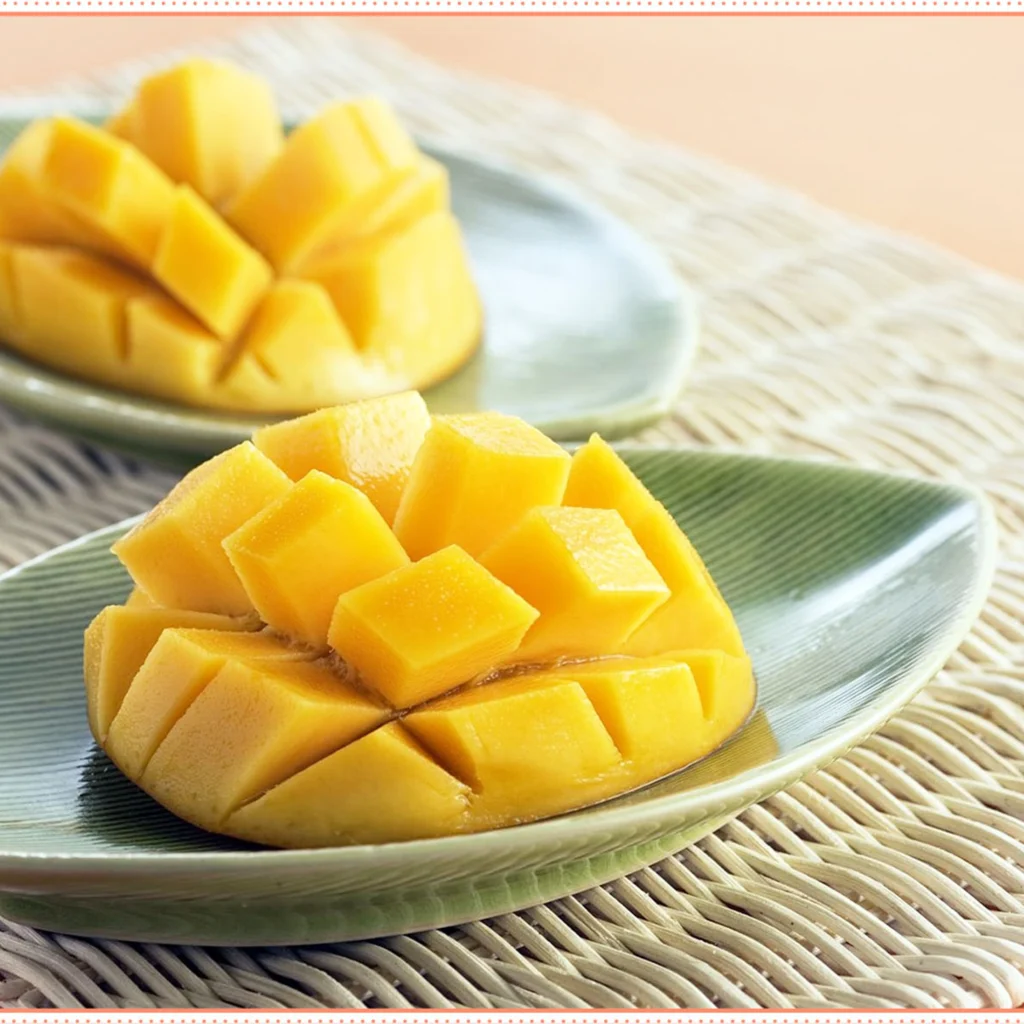
To understand tropical fruits, we first need to define the tropical region.
The tropics refer to the area of the Earth located between the Tropic of Cancer (23.5°N) and the Tropic of Capricorn (23.5°S). This belt encompasses parts of Central and South America, Africa, Asia, Australia, and many Pacific islands. The key features of tropical climates are:
- Warm temperatures year-round (average 20–30°C)
- Abundant rainfall
- Little seasonal variation in sunlight
These environmental conditions provide an ideal setting for a wide diversity of fruit-bearing plants. Unlike temperate regions, tropical zones support year-round growth, encouraging lush vegetation and continuous fruiting cycles.
2. Botanical and Agricultural Features of Tropical Fruits
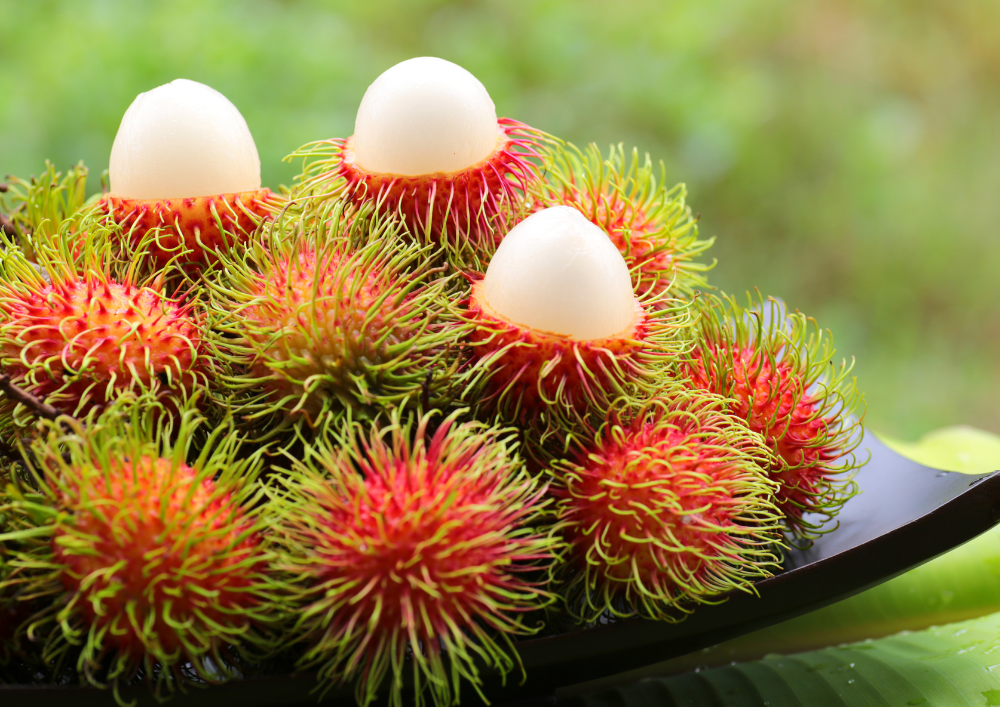
Tropical fruits aren’t just defined by geography—they also exhibit unique botanical characteristics and growth requirements.
A. Temperature Sensitivity
Tropical fruits are non-frost tolerant. Even brief exposure to cold temperatures (below 10°C) can cause damage or death to tropical plants. This is why these fruits can’t grow in temperate or cold climates without greenhouse support.
B. Evergreen Nature
Many tropical fruit trees—like mango, jackfruit, papaya, and guava—are evergreen, meaning they don’t shed all their leaves seasonally. This is a natural response to the lack of winter dormancy in the tropics.
C. Rapid Growth and Fruiting
Tropical fruit trees often mature and bear fruit faster than those in temperate zones. For example, papaya can bear fruit within 8–12 months of planting.
3. Examples of Truly Tropical Fruits
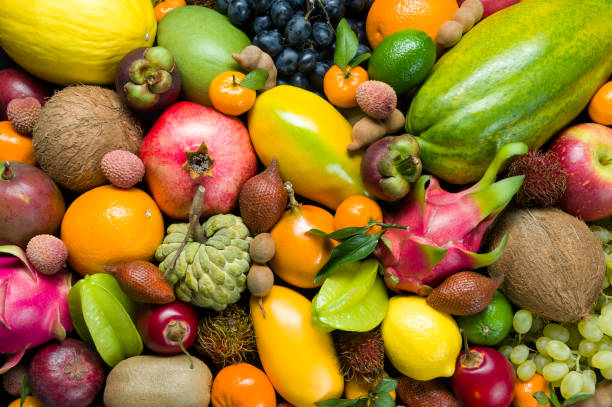
Let’s look at some iconic examples of tropical fruits and their features:
Mango (Mangifera indica)
Native to South Asia, mangoes are widely cultivated in India, Mexico, and Southeast Asia. They require full sun, high humidity, and well-drained soils. Mangoes are rich in vitamins A and C and are culturally significant across Asia.
Banana (Musa spp.)
Bananas are herbaceous perennials that grow best in warm, wet tropical conditions. They are wind-sensitive and need constant temperatures above 15°C to thrive.
Papaya (Carica papaya)
A fast-growing plant that bears fruit all year in tropical regions. Papayas contain an enzyme called papain, useful for digestion and meat tenderizing.
Pineapple (Ananas comosus)
Originally from South America, pineapples grow well in tropical lowlands and require a hot, humid climate. Unlike trees, pineapples grow on a short shrub and are propagated by planting crowns or suckers.
Durian (Durio zibethinus)
Known as the “King of Fruits” in Southeast Asia, durians are infamous for their strong odor and custard-like flesh. They need high rainfall and specific temperature ranges, making them truly tropical in nature.
4. What Sets Tropical Fruits Apart?
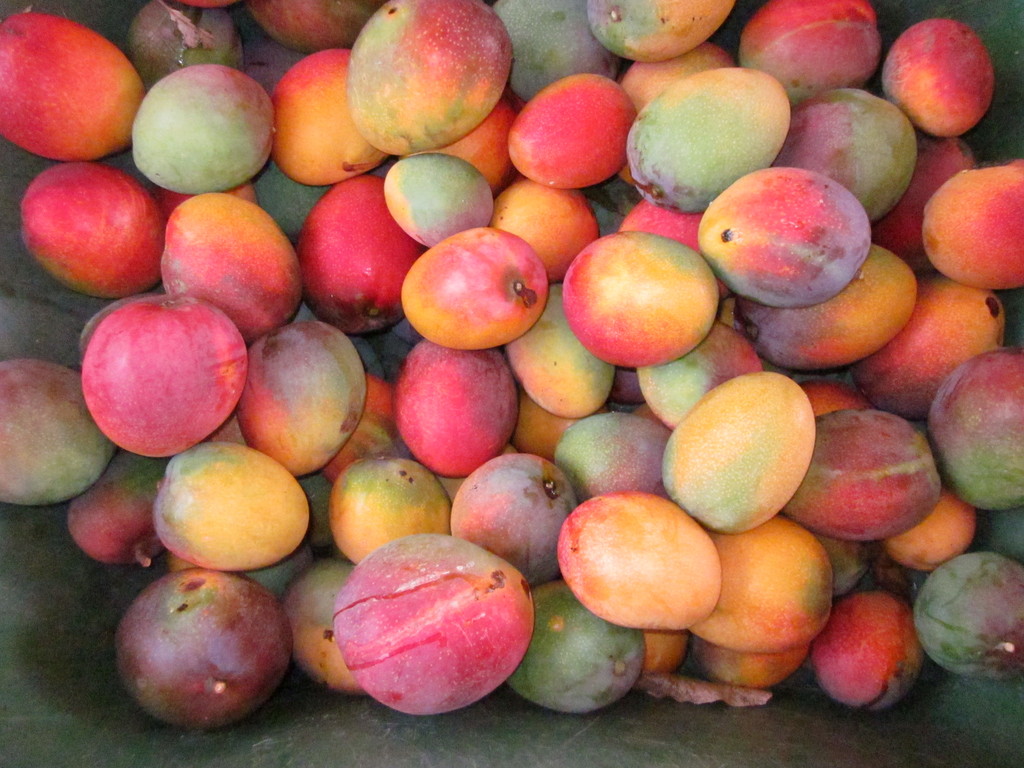
Several key features distinguish tropical fruits from others:
Exotic Flavors and Aromas
Tropical fruits often have strong, unique flavors—ranging from sweet and tangy to pungent and musky. Examples include the citrusy-sweet passionfruit, the complex flavor of guava, or the polarizing aroma of durian.
High Nutrient Content
Many tropical fruits are rich in vitamins (especially A and C), antioxidants, and enzymes. They play a crucial role in diets across the globe and are increasingly valued in health-conscious markets.
Unique Reproductive Traits
Some tropical fruits, like coconut and jackfruit, have fascinating reproductive adaptations. The coconut, for example, can float on water and germinate on distant shores—helping the species spread naturally across tropical islands.
Biodiversity Hotspots
Tropical fruits are often endemic to biodiversity-rich regions. The Amazon and Southeast Asian rainforests are filled with fruits that are still under-researched or undiscovered commercially.
5. The Role of Tropical Fruits in Local Economies
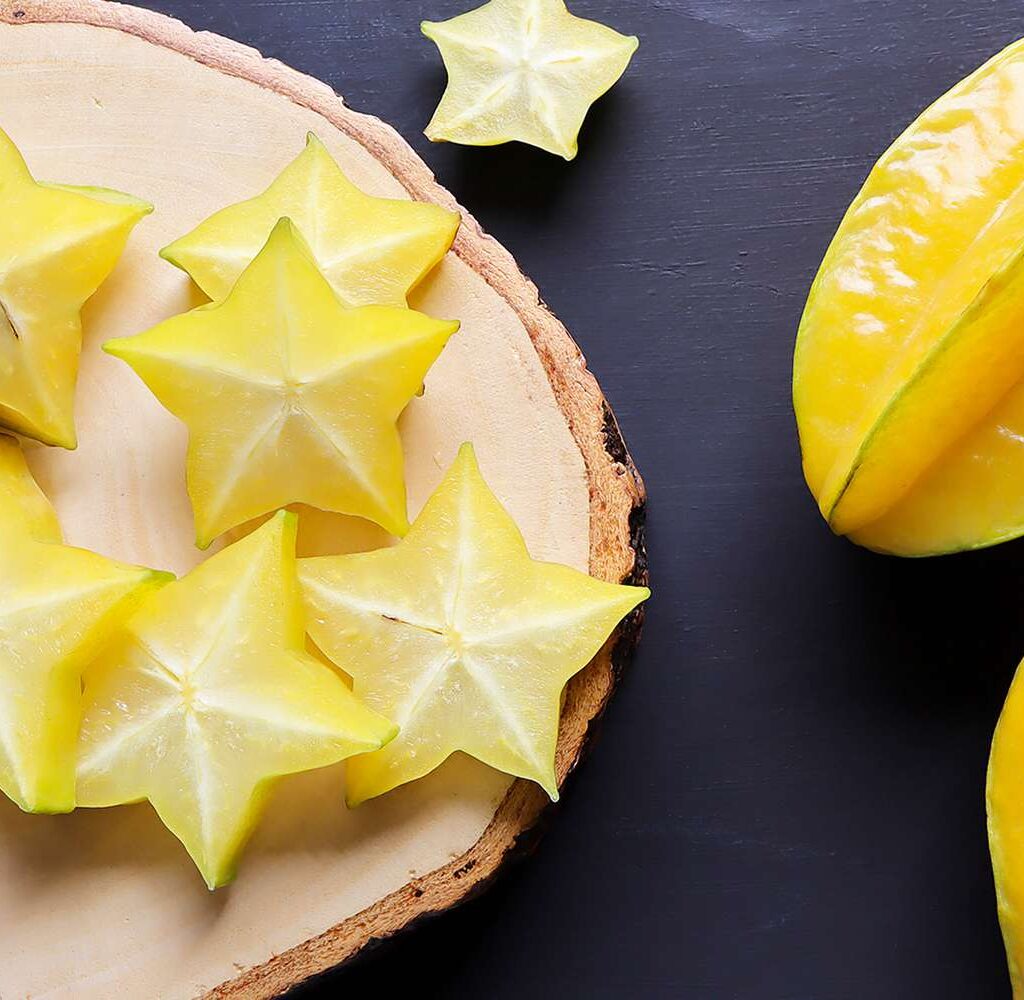
Tropical fruits are more than just botanical marvels—they are the backbone of agricultural economies in many developing nations.
Global Export Powerhouses
- Bananas are among the world’s top fruit exports, especially from countries like Ecuador, the Philippines, and India.
- Mangoes and pineapples are major export items for Mexico, India, and Thailand.
- Coconuts support large economies in Indonesia, Sri Lanka, and the Philippines.
Employment and Livelihood
Tropical fruit farming provides livelihoods to millions of smallholder farmers. In many rural areas, these crops are the primary source of income, often cultivated in mixed cropping systems alongside spices, nuts, or vegetables.
6. Tropical Fruits and Climate Challenges
While tropical fruits thrive in warm environments, climate change poses new threats:
- Unpredictable rainfall can lead to drought or flooding, affecting yields.
- Higher temperatures may exceed plant tolerance levels.
- Pests and diseases are becoming more frequent with shifting climate zones.
Adaptation strategies such as improved irrigation, pest-resistant varieties, and climate-smart agriculture are being explored to protect these vital crops.
7. Not All Exotic Fruits Are Truly Tropical
It’s important to note that not all exotic-looking or imported fruits are tropical.
For example:
- Apples and pears, though commonly eaten worldwide, are temperate fruits.
- Kiwifruit, despite its tropical appearance, is native to temperate China and grows well in New Zealand’s cooler zones.
- Grapes and strawberries also grow best in non-tropical climates.
A truly tropical fruit must originate and thrive naturally in the tropical zone without the need for cold dormancy.
8. Cultural Significance of Tropical Fruits
Tropical fruits are deeply embedded in the cultural, religious, and medicinal traditions of tropical regions.
- In India, mangoes are sacred and offered in religious rituals.
- In Thailand, bananas and coconuts are used in Buddhist ceremonies.
- In Brazil, açaí berries are part of indigenous diets and now a global health food trend.
These fruits are not just food—they are symbols of prosperity, fertility, and healing.
9. Tropical Fruits in the Global Market
The demand for tropical fruits has increased dramatically due to:
- Health consciousness
- Global culinary exchange
- Exotic appeal in Western markets
Fruits like dragon fruit, mangosteen, lychee, and rambutan are now commonly found in supermarkets across Europe and North America. However, the logistics of exporting these perishable fruits require cold chains, careful harvesting, and quality control.
Conclusion
So, what makes a fruit truly tropical?
It’s a combination of geographical origin, climatic requirements, botanical traits, and cultural context. Tropical fruits are born of warm, humid environments where growth is constant, diversity is immense, and flavors are rich and vibrant.
From the resilient coconut swaying on a Pacific island to the juicy mango ripening under the Indian sun, tropical fruits are treasures of nature that feed, heal, and inspire us. As global interest in these fruits continues to grow, so does our appreciation of their complex beauty and significance.
In essence, a fruit is truly tropical not just by where it grows—but by how deeply it’s intertwined with the climate, culture, and biodiversity of the tropical world.
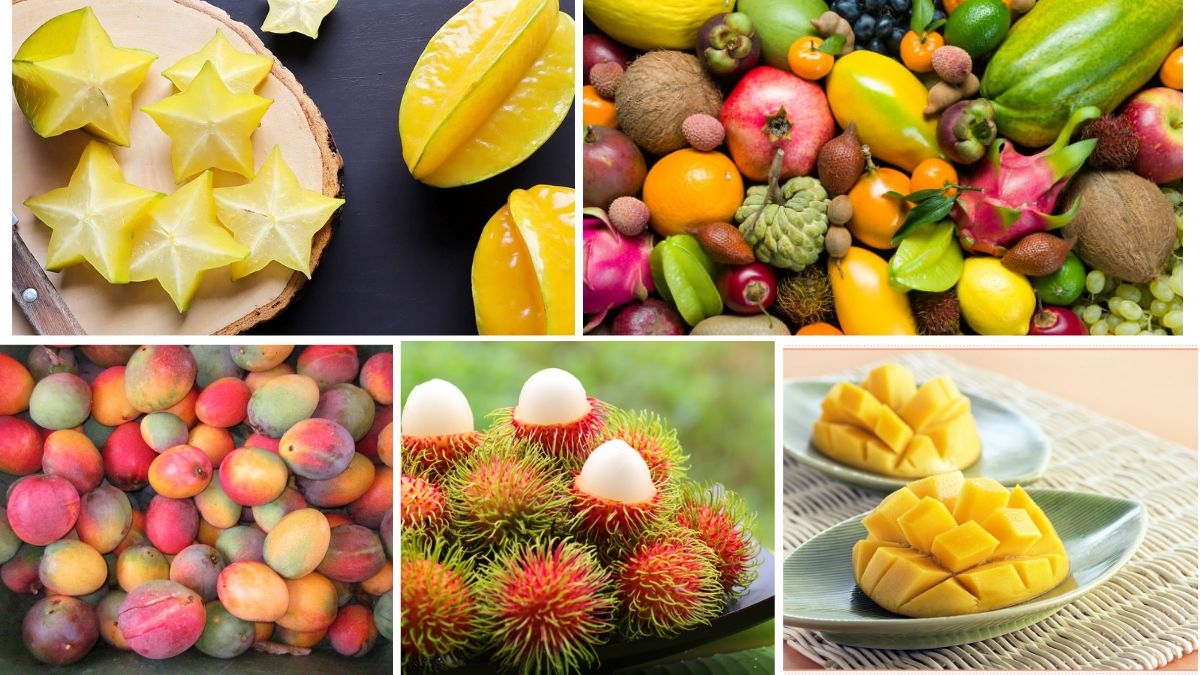
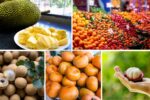

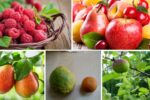
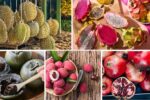

Leave A Comment